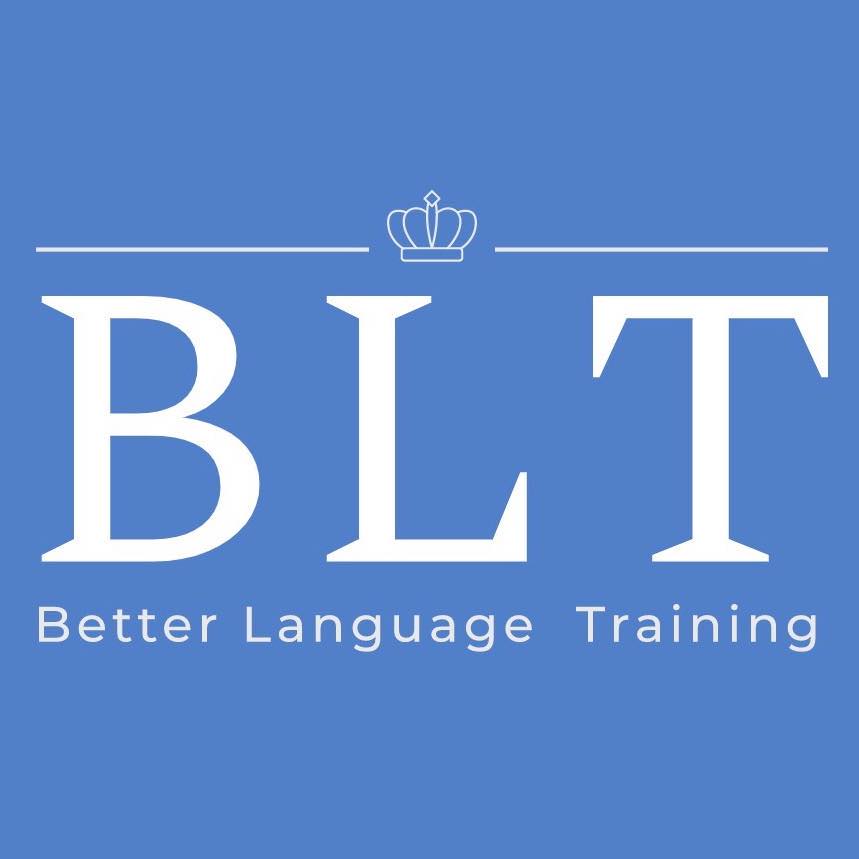Our Approach
Here in Jordan, students usually study Arabic by one of two methods. Both have some great strengths, and both have some glaring weaknesses. We have developed our Nashmi Arabic Program from the ground up to take full advantage of the strengths of each, and avoid the weaknesses of both.
In one method, students learn to read and write in Arabic first, and then begin to speak by reading words and sentences out of books. This method also utilizes grammar lessons early on that are written in English, about Arabic sentence structure, Arabic verb conjugation, etc. While parts of this method can prove helpful in the long run, particularly for reading and writing, it has some real shortcomings when it comes to speaking. When you learn to speak by reading words in a new language, your speaking is greatly hindered by your novice reading ability and tends to sound stilted. This is especially true with Arabic because it uses completely different symbols for letters, and is written from right to left!
In the other method, students begin by first listening as the teacher speaks about things and actions that are being shown or demonstrated in real time. After a short while the students begin speaking by repeating after the teacher as they are helped to say words and sentences correctly. This method tends to help students speak much more comfortably, and understand native speakers much better early on. Its drawbacks are that students using this method tend to be weak readers and writers. They also can have trouble using verbs correctly and can tend to make simple grammar mistakes even after years of living in the Arab world.
Because of the weaknesses of both methods, it’s common for students to study Arabic by one of the methods, and then after a year or two switch to the other method to compensate for weaknesses in either their speaking or reading and writing.
As we developed the Better Language Training Nashmi Arabic Program, we drew on our experience as both teachers and students of language using both of these methods. We also did interviews with current and past Arabic students of both methods. We wanted to know what they found helpful, and not so helpful, from each method. Assessments were also made of strengths and weaknesses in Arabic that could be traced to either method. In the end we developed the Nashmi Arabic Program to efficiently help a student become highly functional in all areas of the Arabic language, including listening, speaking, reading, and writing.

